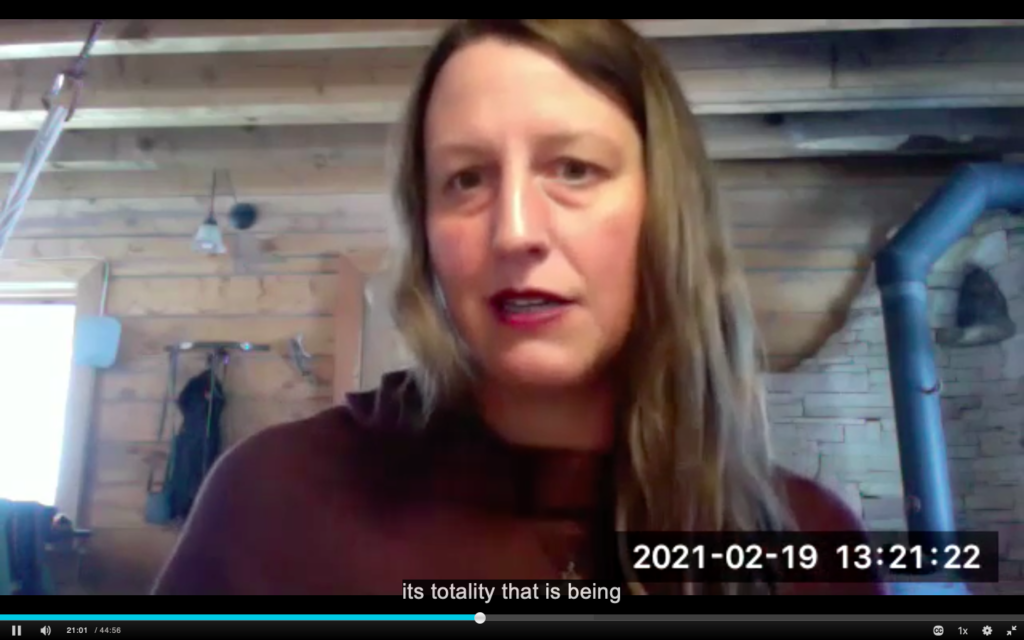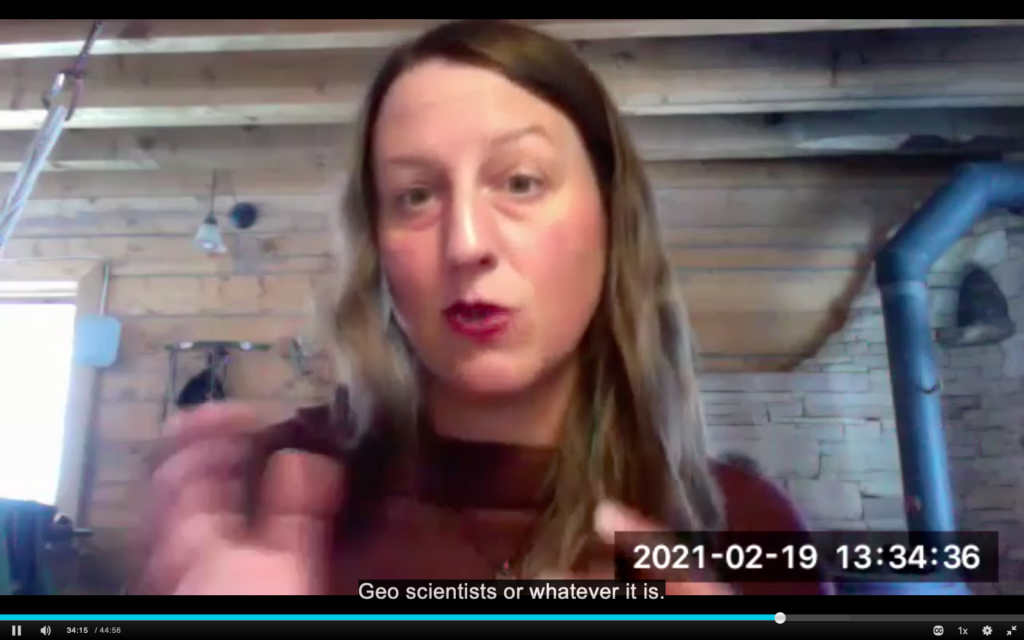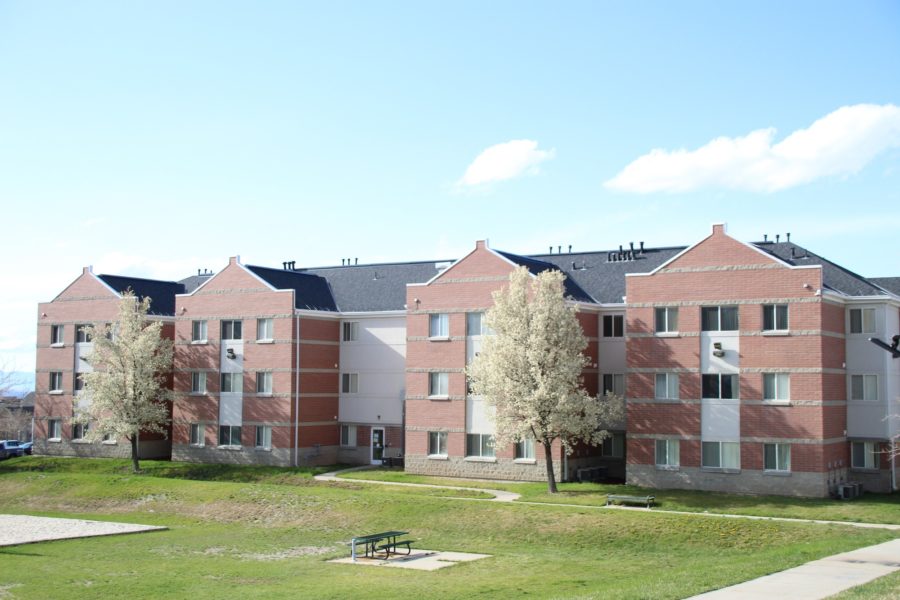At 27 years old in 2012, Katherine Standefer, who had been attending graduate school in Tucson, Arizona and was playing a game of intramural soccer with her fellow graduate students, started screaming, her hands curling into claws.
She quickly realized that her implanted cardiac defibrillator, which she received three years prior, was “scorching” her heart.

After taking three shocks to her heart, equivalent to 2,000 volts, Standefer had a “strange moment” where she found herself thinking about the metals and materials used to create the device inside her own body and where they came from.
Standefer wondered whether receiving the device was even worth it, when she considered the materials used to make it especially if they came from a place that disrupted and dismantled the ecosystem or if there were other inhumane and harmful processes taking place regarding people working in the mines.
On Feb. 19, Weber State University’s Department of Earth and Environmental Sciences hosted Standefer during their weekly Geoscience and Society webinar series, in which she discussed her book “Lightning Flowers.” This book tells the story of her “troubled relationship” with her own device and whether or not the issues she’s had outweigh what it meant to have a bionic implant and the process used to get it.
“I say troubled because in my own life, the device has not been lifesaving,” Standefer said. “It has never reversed an arrhythmia for me,” referring to her heart condition.
Long QT syndrome is a heart rhythm condition that can potentially cause fast, chaotic heartbeats, resulting in fainting or can sometimes lead to sudden cardiac arrest or death.
Standefer learned about her heart condition in 2009, after taking a phone call outside her bandmate’s home when suddenly she woke up not knowing who or where she was with gravel embedded in her forehead.
“In that moment, I knew that I had a heart condition that ran in the family,” Standefer said.
Standefer’s sister, who also has long QT syndrome, started going into sudden cardiac arrest at just 18 years old. Doctors assumed they were seizures but couldn’t pinpoint an exact diagnosis. They were finally able to diagnose her heart condition when she suddenly went into cardiac arrest while in a hospital setting.
Her sister also has an implanted cardiac defibrillator, which has saved her life.
Standefer doesn’t disagree with the fact that her device and other bionic implants have the ability save a person’s life, but more so, the research she’s conducted in the last nine years explored the best- and worst-case scenarios regarding the different possibilities of where those materials and minerals came from and the environmental costs and impacts that have resulted from them.
“Cast your eyes out around the room and see if you remember where you got things and then maybe notice what they’re made of,” Standefer said. “Do you know where any of those materials actually came from? Some things you might, but I think it’s an interesting exercise for noticing how global any given room we’re sitting in probably is, but also how impenetrable that answer might seem.”
Referring to her research on material and mineral extraction from mines in the Democratic Republic of the Congo in Central Africa, she said, “To make a cell phone, a computer, or a defibrillator is really inextricable from the geopolitical conditions in other parts of the world.”

Due to an electronics boom in the United States and western Europe, having control of these mines meant a higher profit margin for whoever was in control. Those in control usually consisted of armed groups who would use those profits to purchase more weapons, drugs and ability to control higher powers.
Standefer compared her experience in the Congo to her other findings, continuing to further explore her understanding of the possibilities and worldly spectrum of where these conflict minerals came from.
“I certainly didn’t think about this as I was in the midst of a broken leg emergency and my only decision was how long is the recovery going to be with surgery versus no surgery,” Elizabeth Balgord, assistant professor in the Department of Earth and Environmental Sciences at Weber State said.
Balgord had a titanium rod implanted in her leg at 16 years old.
“We want to think about extracting industries and the role they play and the work we do, but I think all of us, by living in a globalized world, we need to understand where resources come from, how we get them and what goes into that whole process,” Balgord said.



















